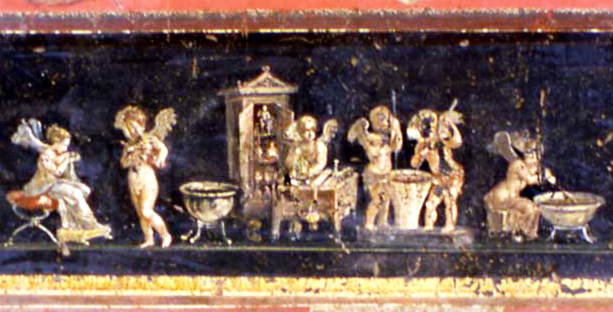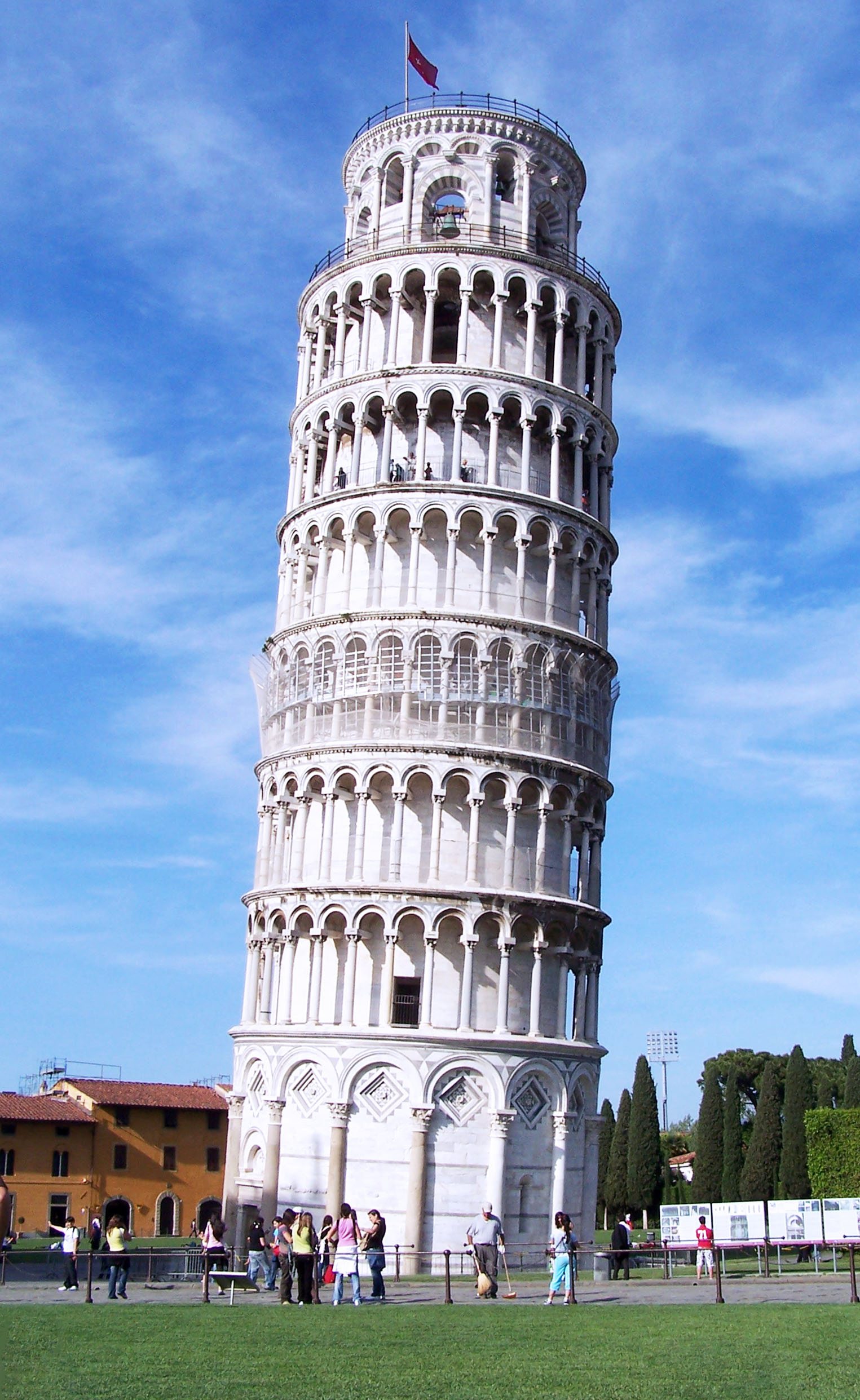If you are a perfume aficionado, you probably know the basics of the modern history of perfume. But the slick glass bottles and celebrity campaigns of today’s perfume counters belie a strange history that stretches back thousands of years and have involved some rather unsavory ingredients.
The word perfume is used today to describe scented mixtures and is derived from the Latin word “per fumus,” meaning through smoke. The word perfumery refers to the art of making perfumes. With origins predating the written word, scents have had a long and often mystical history. The Bible describes a sacred perfume (Exodus 30:22-33) consisting of liquid myrrh, fragrant cinnamon, fragrant cane and cassia. Its use was forbidden, except by the priests.
The history of perfume is more than just the history of human beings trying to smell nice; it is a history filled with both strife and innovation. The ingredients used to create scents have historically been of significant importance for the trade routes. High-class scents are nothing new to the world. They have always been used as a method of distinguishing nobility from the peasantry and fragrance has been tied to expressions of religious devotion, health precautions and cleanliness efforts for most of the history of human civilization.
Although much has been lost to antiquity, many ancient Roman perfume recipes have survived. Pliny the Elder recorded a few in his work Naturalis Historia. The ancient Romans so carefully documented their perfume-making processes that there is even a mural in a perfume-maker’s house in Pompeii documenting it. First, oil was made by pressing olives; then ingredients, including plants and woods were added to the oil using meticulous scale measurements from a recipe. Finally, everything was left to infuse in the oil before being sold. Today, chemists and fragrance manufactures are able to recreate these ancient perfumes, but they would lack the refinement that is necessary for today’s culture.
Perfume was often used in ancient societies to bring believers closer to the gods. But scent wasn’t just for religious purposes, it was everywhere. By 100 AD, Romans were estimated to be using 2,800 tons of frankincense per year and over 500 tons of myrrh, each of which is an aromatic resin obtained from trees. Perfume was used in beauty products, public baths and even on the soles of feet.
If we fast forward to the middle ages, if you were anyone of note in Europe, you carried a pomander with you to ward off evil scents. It was a ball of scented materials, kept inside a case that would be used to keep the air around you clean. Since the medieval Europeans thought that bad air could make you sick, these little baubles were seen as life-savers and perhaps anticipating the decorative nature of later perfume bottles, they were also charming accessories.
The idea of a portable perfume seems to a byproduct of the Crusades. The Arabian secrets of perfume makers were just one of the things that were brought back from the Holy Wars. They discovered that civet, castor, musk, ambergris and other animal-based products made outstanding bases for long-lasting scents and thus began the practice of carrying scent bags or sachets to perfume clothing. It was during this period that the first alcohol-based perfume was created and involved distilled alcohol and herbs, likely rosemary and mint.
A serious breakthrough in perfume production came in medieval Italy, when they discovered how to create aqua mirabilis (Latin for miracle water), a clear substance made of 95 percent alcohol and imbued with strong scent. In one fell swoop, liquid perfume was born. After this invention, Italy became the center of the world perfume trade for several hundred years, with Venice at its epicenter.
If there is one person who can be pointed to as bringing Italian perfume to the rest of the Europe, it was Catherine de Medici. The art of perfumery had prospered in Renaissance Italy and when Catherine de Medici left for France and ultimately became Queen in 1547, the Italian refinements accompanied her in the form of her personal profumiere, Renato Bianco, also known as Rene le Florentin. His laboratory was connected with her apartments by a secret passageway so that no formulas could be stolen. Hers was scented water with bergamot and orange blossom. He also created musk and civet-scented gloves for her. These scents became a sensation in France and provided the seeds to that country’s embryonic fragrance development.
That brings use to Eau de Cologne. What sounds like it is a combination of French and German is actually the creation of an Italian and its original name was simply the generic Aqua Mirabilis. Created by Giovanni Paolo Feminis who was born in a town in the Italian Alps, he moved to Cologne, Germany in 1666 and opened an herbal shop specializing in perfumes. Through his experiments with distilling alcohol with resins and herbs, he struck upon a formula and process that created a light, exquisitely fresh scent that was long lasting and also light on the skin. Using Italian scents including bergamot, lavender, orange, lemon, rosemary and neroli, the new perfume was a revelation. As the years passed, Giovanni needed someone to take over the business and he contacted his nephew, Giovanni Maria Farina, who himself was a perfume maker in Santa Maria Maggiore Valle Vigezzo in Italy. He asked him to travel to Cologne from Italy. The younger Giovanni was astounded by his uncle’s Aqua Mirabilis and wrote to his brother, “I have found a fragrance that reminds me of an Italian spring morning, of mountain daffodils and orange blossoms after the rain.” He refined the formula and renamed the fragrance Eau de Cologne, in honor of his new hometown. Who would have thought that the name would stick?
The fragrance created by Farina was used as a perfume and delivered to almost every royal house in Europe. His ability to produce a scent that maintained its aroma, remained stable and consisted of dozens of essences was seen as a sensation at the time. When it was introduced, a single vial of the Aqua Mirabilis cost half the annual salary of a civil servant! When free trade was established 1797, its success prompted countless other businessmen to sell their own fragrances under the name Eau de Cologne. Giovanni Maria Farina’s formula has been produced since 1709 and to this day remains a secret. His shop remains the world’s oldest fragrance factory.
In modern times, it is “cologne” that has become a generic term. The term can be applied to perfume for men or women, but it conventionally refers to perfumes marketed towards men. Had Farina stuck to his roots and named his formula after his hometown, we would have Eau de Maggiore, which we think sounds a whole lot better.





